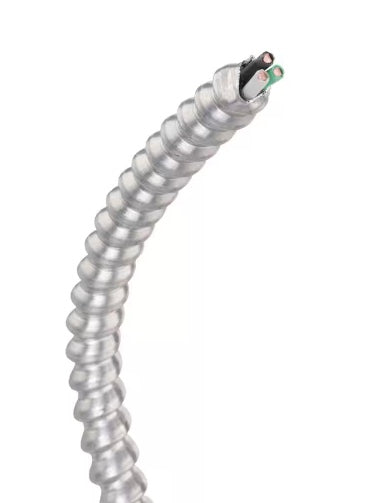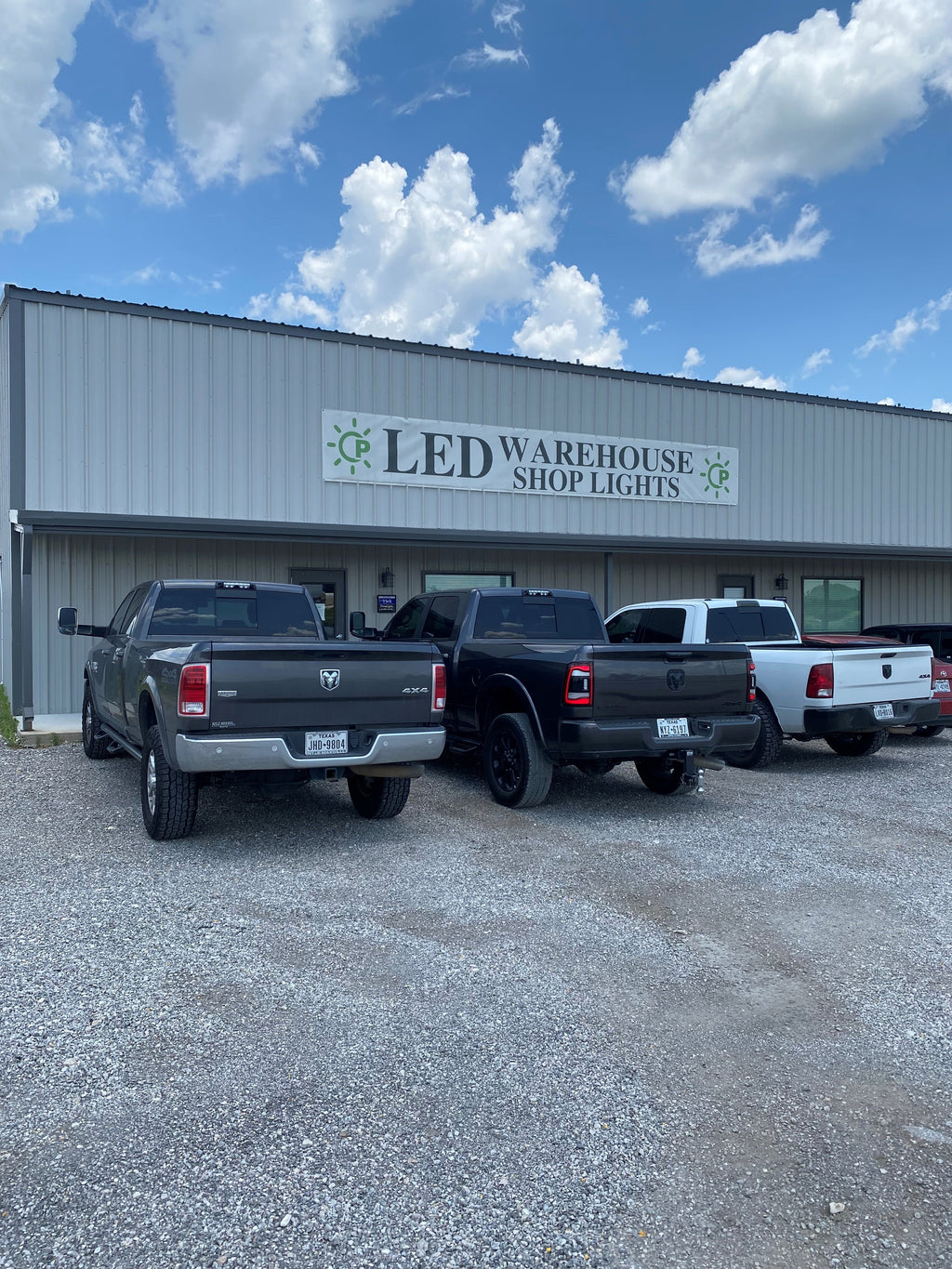What is Explosion Proof Lighting?
When it comes to lights for hazardous locations, you won’t find a safer or more durable light fixture than explosion proof lights. Problem is, many people are often confused by what this label means, and if it’s an appropriate choice for their lighting needs. That’s what this post was made to address. Follow along as we explain exactly what explosion proof lighting is and what it’s used for in this handy guide to explosion proof light fixtures.
What is an Explosion Proof Light?
An explosion proof light fixture is a light fixture that has been designed and manufactured to withstand an explosion without the blast compromising the fixture. Explosion proof lights are commonly used in industrial settings where gasses, vapors, heat, and other combustible materials are present, and are ideal for environments that are especially hazardous, where explosions are a real cause of concern.
In addition to being both shatterproof and vapor tight, some explosion proof lights can also contain the blast—helping to prevent it from spreading into the area surrounding it. This makes them particularly useful for those who are concerned about preventing a total loss of any adjacent equipment (including other light fixtures) in the event of an accident.
Are Explosion Proof Lights The Same As Vapor Tight Or Shatter Proof Fixtures?
Many people tend to conflate explosion proof lights with either shatter resistant or vapor tight fixtures, when they’re actually different types of lights. Vapor tight lights are lights that are sealed and gasketed to safeguard their internal elements from fumes, dust, and moisture. Shatterproof lights are lights made with shatter resistant lenses, made to stop the fixture from shattering on the chance that it’s exposed to high heat.
While explosion proof light fixtures are both shatter proof and vapor tight, they also contain design elements that make them especially equipped for use in hazardous environments. As mentioned, explosion proof lights are designed to ensure they don’t initiate an explosion when exposed to high temperatures or arcing contacts. This makes them safe for use in areas where hazardous gasses and flammable materials are present, and where explosions are more likely to occur.
What Makes a Light Explosion Proof?
While there are many different styles of explosion proof lights, all explosion proof light fixtures are generally constructed using the same common elements. These include:
Ultra-durable casing: explosion proof lights have a virtually unbreakable casing—that is, the enclosure that contains the fixtures—often with shatterproof tempered glass lens.
Ignition-resistance: explosion proof lighting fixtures are vapor tight in the strictest sense of the term. With ultra airtight seals that keep out flammable materials like vapors, gasses, and fibers, they’re built to function safely and seamlessly in any kind of hazardous environment you put them in.
Thermal control mechanisms: Many explosion proof light fixtures are constructed to expel heat that may build up in the fixture. Design elements like copper free housings and double folded aluminum fins can help dissipate heat, further preventing combustion.
Explosion Proof Lighting Requirements
When it comes to buying explosion proof lights, it’s important to know that not all fixtures are the same. Just as an explosion proof light is a specific type of lighting fixture that’s ideal for certain types of locations, different hazardous locations also have different requirements for explosion proof lights. You’ll need to ensure that the fixture you buy meets the explosion proof lighting requirements of the hazardous area you intend to install them in.
Hazardous areas that require explosion proof lights fall into a combination of classes and divisions, based on the proximity and degree of various flammable materials in the vicinity of the occupying fixture. These classes/divisions include:
Class I, Division 1 – An area where flammable concentrations of gasses, vapors or liquids are regularly present under normal operating conditions.
Class I, Division 2 – An area where flammable concentrations of gasses, vapors, or liquids exist within the atmosphere under abnormal operating conditions.
Class II, Division 1 – An area where flammable concentrations of combustible dust exist within the atmosphere under normal operating conditions.
Class II, Division 2 – An area where flammable concentrations of combustible dust exist within the atmosphere under abnormal operating conditions.
Class III, Division 1 – An area where easily flammable fibers or materials producing combustible residue or shavings exist within the atmosphere under normal operating conditions.
Class III, Division 2 – An area where easily flammable fibers or materials producing combustible residue or shavings exist within the atmosphere under abnormal operating conditions.
As you can see, there are many different classes that an explosion proof fixture type can be classified for and you’ll need to check to make sure the fixture you buy meets the class you need for your application. Feeling overwhelmed? Contact PrimeLights to talk to a friendly lighting expert who can recommend a fixture based on your specific lighting requirements.
Get Your Explosion Proof LED Lighting Fixtures from PrimeLights
Are you looking for lighting fixtures that are explosion proof and energy efficient?
PrimeLights is proud to offer the very best selection of explosion proof LED lights! Certified for use in all three explosion proof area classes and all divisions, as well as in wet and marine locations, they’re the brightest, most durable and energy-efficient explosion proof lights available anywhere. They’re perfect for nearly all kinds of hazardous lighting locations, including oil and gas refineries, chemical plants, power plants, laboratories, and fabrication workshops, among many others.
Need help finding the perfect fixture? Give us a call today to speak to PrimeLights team members who can help you select the best explosion proof lighting fixtures for your building requirements.
























































